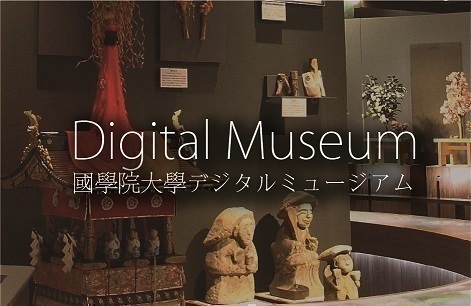- トップ
- Encyclopedia of Shinto
- Yoshimura Masamochi
Encyclopedia of Shinto
| Main Menu: | |
| Links: |
詳細表示 (Complete Article)
| カテゴリー1: | 8. Schools, Groups, and Personalities |
|---|---|
| カテゴリー2: | Personalities |
| Title | Yoshimura Masamochi |
| Text | (1839-1915) Founder of the religion Shinshūkyō. The second son of the warrior Yoshimura Daiji, Yoshimura Masamochi was born on the nineteenth day of the ninth month, 1839, in Mimasaka (present-day Okayama Prefecture). His father had studied Western (Dutch) medicine, and was employed as the resident doctor for the Tsuyama Domain (in present-day Okayama Prefecture). It is said that from a young age Yoshimura was fond of learning and was deeply spiritual. In his teens, he studied not only medicine, but also Confucianism, National Learning (kokugaku) and Chinese Classics. At the age of nineteen, he went to Kyoto, where he learned Ancient Studies (kogaku) and Yang-ming Confucianism (Yōmeigaku), and socialized with many other scholars. While living in Kyoto, he became associated with warriors of the sonnō jōi ("Revere the Emperor, Expel the Barbarians") faction, and consequently, after the incident of Ansei no taigoku (Ansei Purge), the shogunate officials raided his residence, forcing him to flee to Mount Kurama on the outskirts of Kyoto. It was then that he realized his mission to reveal the Shinto of the Nakatomi to the world. Eventually, he broadened his interest to foreign cultures, which included exchanges with the Christian missionary G.H.F. Verbeck. During the Keio era (1865-68), Yoshimura returned to Mimasaka and opened a private school. After the Meiji Restoration, he moved to the capital in 1869 and lectured at private schools. That same year he was appointed to a government post at the newly reestablished Department of Divinities (jingikan). From the subsequent Ministry of Divinities (jingishō), his post moved to the Ministry of Religious Education (kyōbushō). However, he was dissatisfied with the policies of the Ministry and before long left his post. Later, he served at the Grand Shrines of Ise (Ise Jingū), during which time he also undertook ascetic training at Mounts Fuji, Ontake, and Futara, and also underwent a kind of mystical experience. Foreseeing the coming separation of roles between official Shinto priest (shinkan) and the Office of Preceptors (kyōdōshoku; see taikyō senpū), he quit his post at the Grand Shrine Administration (Jingū Shichō) in 1879 and devoted his attention to the role of the Moral Preceptors (kyōdōshoku). The following year he founded the religious confraternity Shinshūkō, and in 1882, this group became an independent sect called Shinto Shinshūkyō, with Yoshimura acting in the role of first Superintendent (kanchō). He thereafter engaged in proselytization efforts, devoting himself to the establishment of a Shinto equipped with both practice and doctrine. He died on January 21, 1915, at the age of seventy-six. His writings include: Uchū no seishin (Spirit of the Universe) and Kannagara no michi mondō (Conversations on the Way of the kami). —Inoue Nobutaka |




